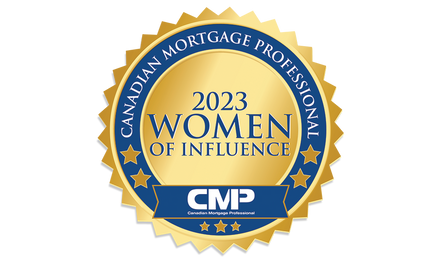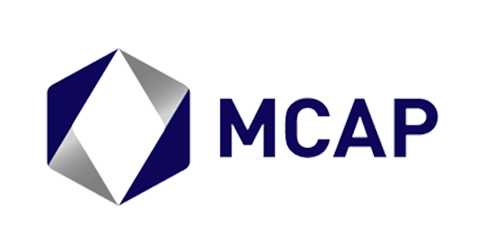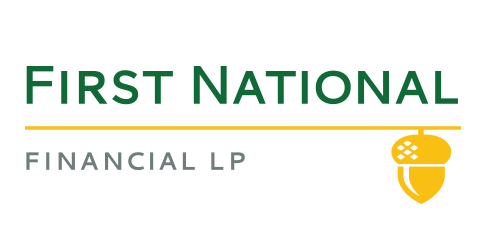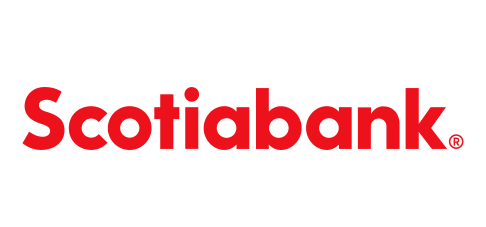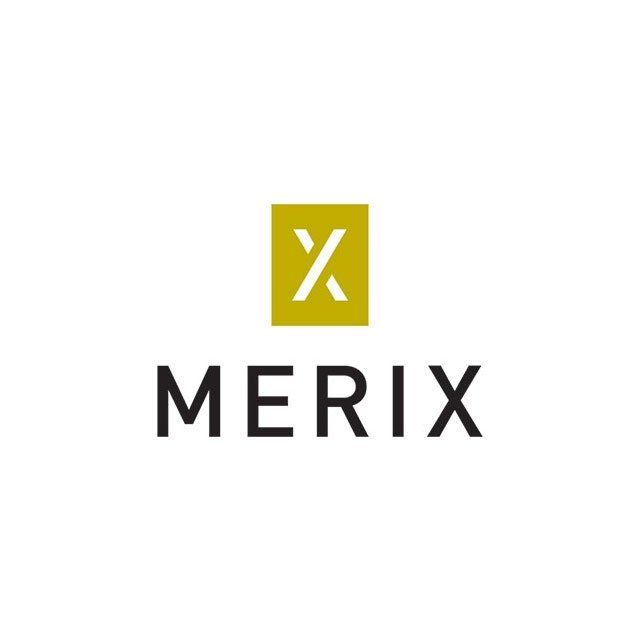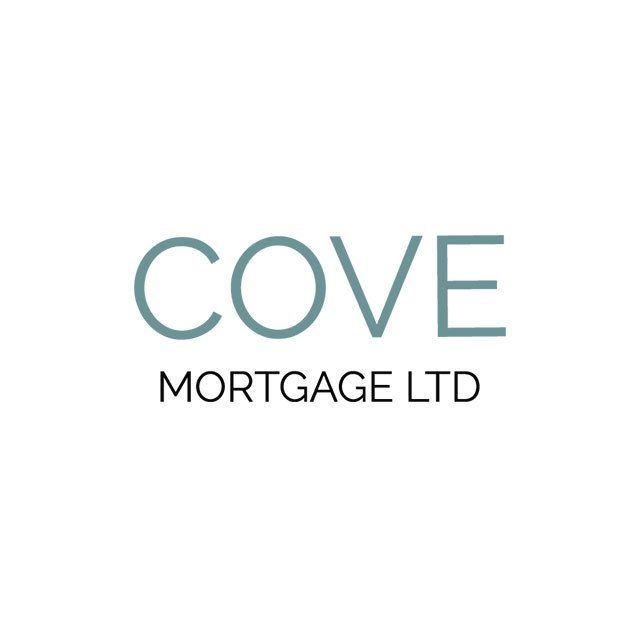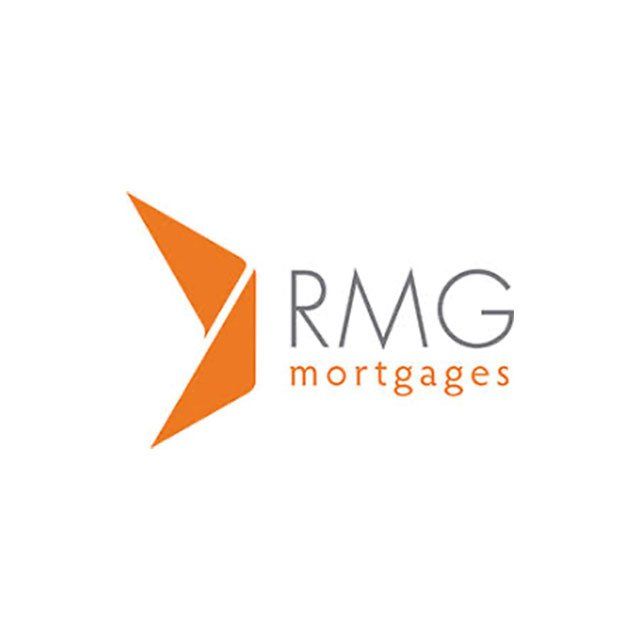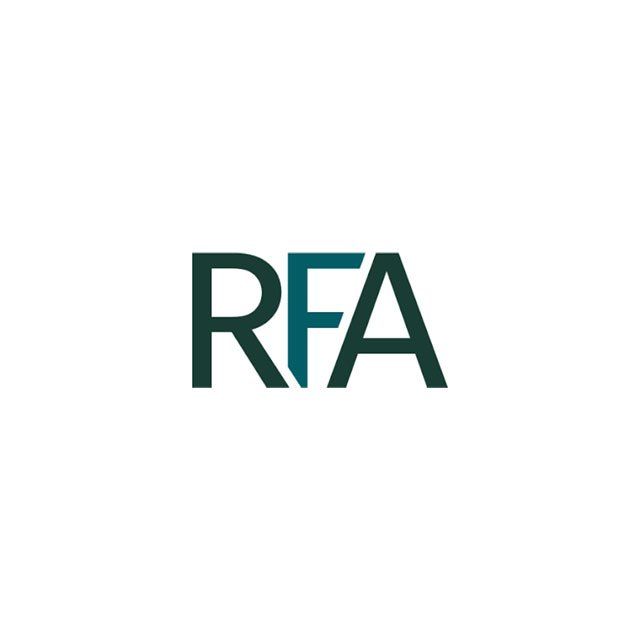MEET CHRISTINE
Christine started as a Mortgage Broker in 2010 and has been investing in real estate throughout Northern BC since 2005. She is passionate about mortgages and is often commended for her ability to think “outside of the box”. Whether it pertains to qualifying or overall cost savings, protecting her clients and working for their best interest is always a top priority.
“I believe the role of a Mortgage Broker is to help you explore and understand your available options so you can make your own, educated decisions. Our team is committed to providing exceptional and personalized service. We will use our knowledge and experience to create a tailored mortgage plan and ensure you are taken care of throughout each step of the process. We work on your behalf and have access to a wide variety of different lenders, offering a range of mortgage products. Relationships are very important to us and strive to be an ongoing resource for our clients even beyond when their mortgage is secured. ”
When Christine is not working, she enjoys spending time with her family, reading and exploring outdoors.
We would love to hear about which stage of the journey you are in.
Mortgages are complicated and we understand that. If you prefer to review your situation in detail together, we are always happy to help.
The mortgage industry is changing quickly.
Watch this short video to learn why it's important to use a mortgage broker.
Mortgage Financing
Whatever your mortgage needs; our team has the knowledge, experience and resources to guide you!
If you're looking to buy your first home, we have all of the tools and resources you need! Check out this page for basic information and contact Christine to start the conversation!
We have a program designed specifically for those who are navigating this often new and uncomfortable journey. Whether you are looking to keep your matrimonial home, to be removed from title or simply to understand your options - contact our team to learn about how Christine’s unique strategies can simplify the process.
Senior Canadians are looking for options. Although a great product for some people, the reverse mortgage isn't your only option into retirement. Let's discuss ALL your options, instead of making assumptions.
If you are looking to refinance, renew or purchase a new home, our team will review your current and future financial goals to ensure you have the best possible strategy to lower your cost of borrowing. Christine’s unique and holistic view of financial structuring and integration is an experience you won’t want to miss!
Whether you are experienced at real estate investing or just looking to get started, Christine is an invaluable resource for information in this area. As a long-time investor herself, she has personally experienced “the good, the bad and the ugly” and will use this deep level of knowledge and experience to help design a plan which will maximize your profits and align with your long term goals
VALUED RELATIONSHIPS
With over a decade of experience, our team has developed excellent relationships with many lenders. Here are a few of our trusted partners:
MORTGAGE ARTICLES






Deal Form
We will get back to you as soon as possible
Please try again later
CHRISTINE BUEMANN MORTGAGE TEAM
Christine Buemann. All Rights Reserved | The Collective Mortgage Group | Privacy and Content Policy



